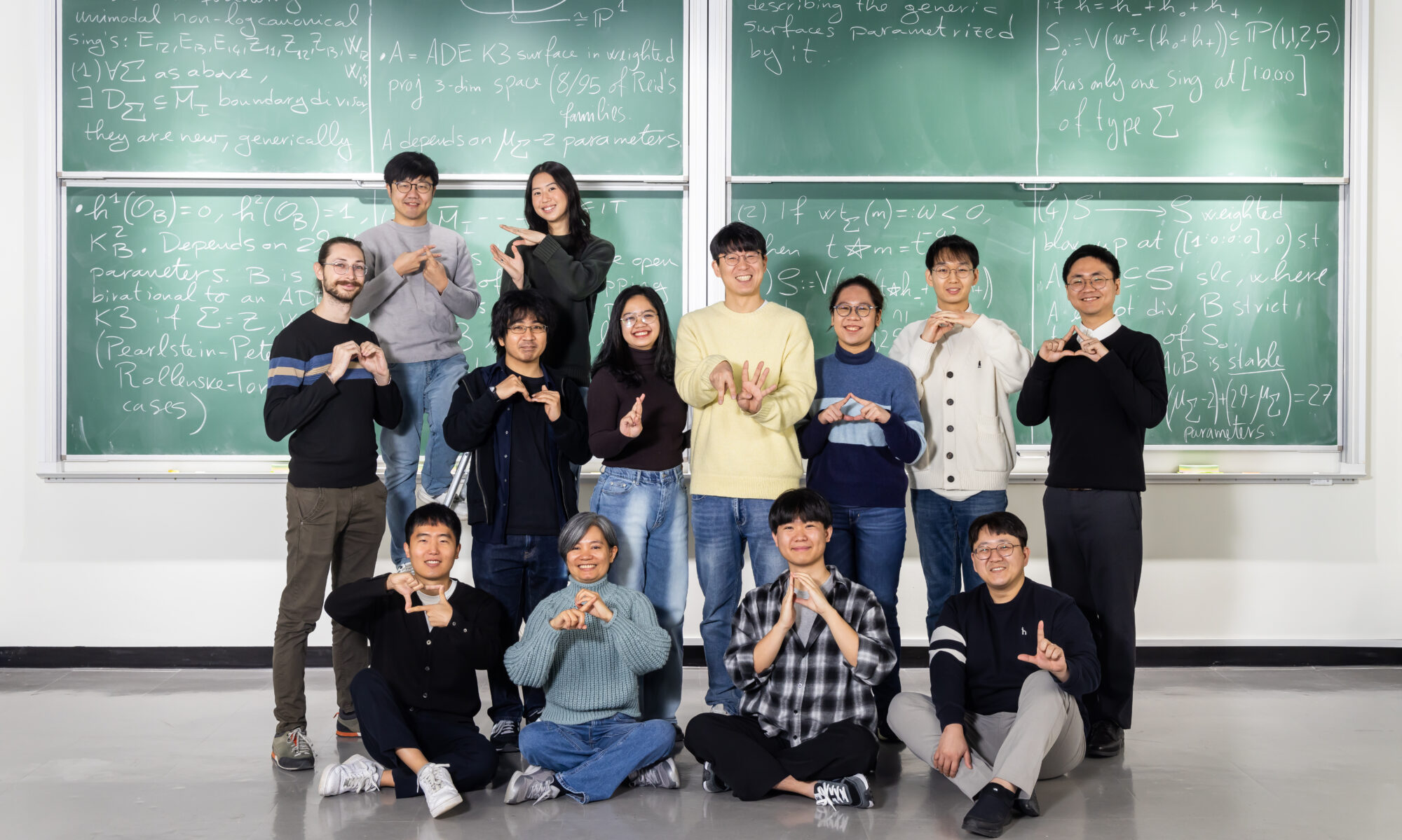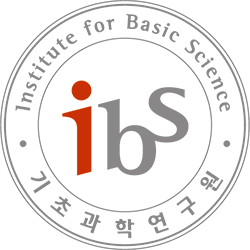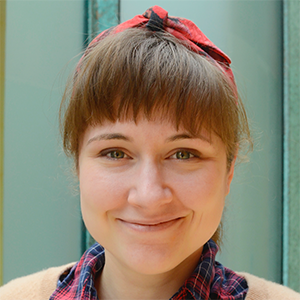STEM Initiatives for Agricultural 4.0 and Beyond
This talk will be given online. Abstract: The establishment of UN Sustainable Development Goals (SDG) has led to widespread initiative in STEM learning and research in realising these goals. Here, we will look at some of the works that use control engineering approaches for smart farming (also known as Agriculture 4.0) applications that addresses UN …


